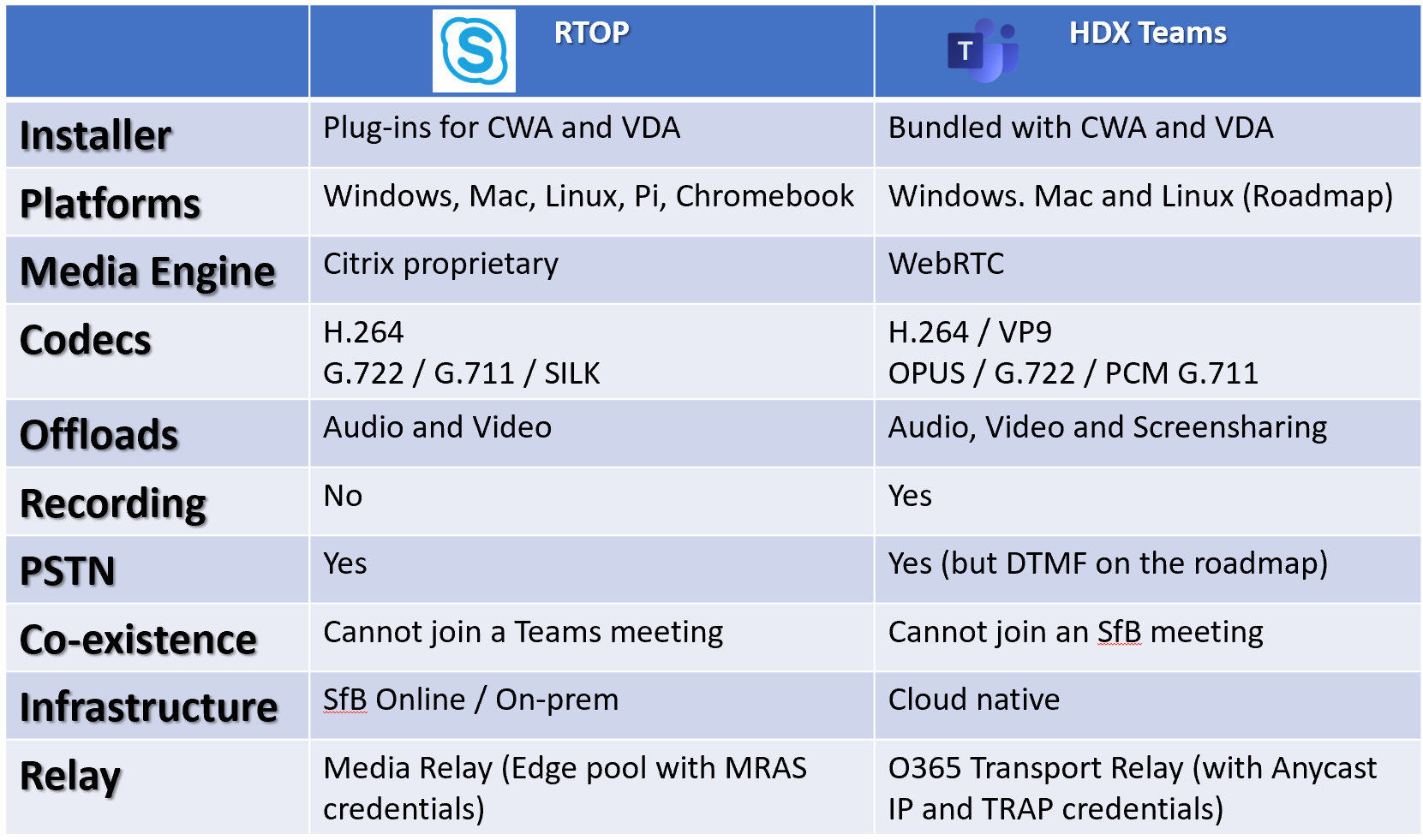It’s the holiday season and Citrix has left a nice little gift under the tree! The HDX Optimization for Microsoft Teams is now released for general availability meaning your organization can start using it today! In this article, we’ll give a quick overview of what this new thin client brings to the table as well as how it compares to the Skype for Business Real Time Optimization pack. In a follow-up blog we’ll take a deeper dive by discussing how to deploy this HDX Optimization for Teams as well as the requirements from a hardware and software perspective. With that being said, let’s start unwrapping this gift!
If you are preparing to deploy Teams in your environment but you were worried about the lack of support for a VDI client that could leverage AV, then you can put your mind at ease since Citrix has a solution to your problem. The new HDX Optimization for Microsoft Teams gives your users a full native Microsoft Teams experience through your thin client. If you are unfamiliar with the Citrix Virtual Apps and Desktops (formerly known as XenApp and XenDesktop), it basically provides audio and video optimization for Teams through VDI. This means that Teams will support calling and meeting functionality in addition to the chat and collaboration capabilities already offered through the VDI. As of the writing of this article, Citrix is the only partner that offers a solution that natively supports audio and video capabilities for Microsoft Teams (sorry VMWare people). As you’ll see below, the HDX Optimization in Teams expands on the previous capabilities of the RealTime Optimization Pack for Skype for Business by adding additional offloads, codecs, recording capabilities, and more!

Image provided by: https://www.citrix.com/blogs/2019/12/12/hdx-optimization-for-microsoft-teams-now-generally-available/
This means that now you’ll be able to interact with colleagues using many of the capabilities that were not previously offered by RTOP. However, please take note that the following calling and meeting features are not supported at this time:
- Enhanced emergency services
- HID buttons and LED controls between the Teams app and devices
- Background blur and effects
- Broadcast/live events
- Location-Based Routing (LBR)
- Call park
- Call queue
In the next blog, we’ll be going much deeper into this topic by discussing how to deploy HDX Optimization for Teams in your environment. This article is more or less just to highlight the news of this exciting release for general availability as well as lay the foundation for the deep dive. I hope you tune in for the next blog, but if not I wish you have a happy holiday!

